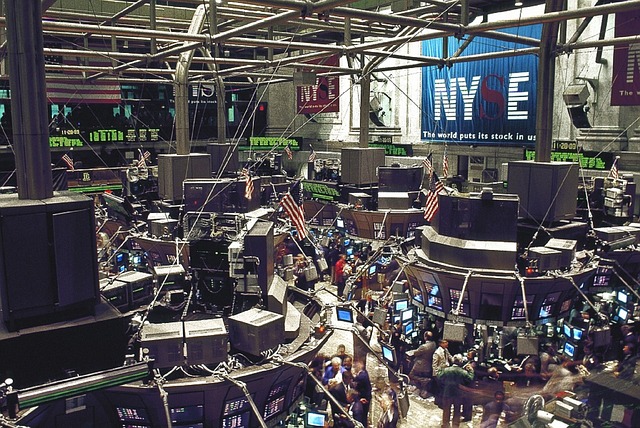Swissquote Bank: Fed warning, jump in energy prices dent post-CPI rally
Swissquote Bank: Fed warning, jump in energy prices dent post-CPI rally

By Ipek Ozkardeskaya, Senior Analyst at Swissquote Bank
US equities could hardly consolidate gains they posted following the Wednesday’s softer-than-expected inflation data in the US, even as the producer price index printed the first monthly decline since April 2020.
American factory gate prices fell 0.5% last month, and the yearly figure fell below the 10% mark. The decline was mostly due to a more than 15% drop in energy prices.
Rebound in energy prices was one likely explanation for the lack of risk appetite yesterday, Federal Reserve members’ reluctance to cheer a premature easing in inflation, is the other.
A bear market rally, or a sustainable recovery?
Nasdaq retreated from the highest levels since the beginning of May. The S&P 500 closed slightly in the negative, above the 4200 level, but below the major 50% Fibonacci retracement since the beginning of the year.
Obviously, a bear market rally, and a sustainable recovery are similar at the start. We must see consolidation to call the end of the year-to-date bear market.
Technically speaking, the S&P 500 should hold ground above the 4090 points, the major 38.2% Fibonacci retracement on year-to-date selloff to keep its head above the negative trend.
One factor clearly plays against the stocks right now: perhaps an excessive positive pricing following the CPI data released this week. Activity on fed funds futures assess a 65% probability for a 50bp rate hike in September, meaning that there is now plenty of room for the latest Fed pricing to reverse, without, however, the need of excessively bad news. A simple rebound in energy prices could easily bring the Fed hawks back in the market and change the mood.
Energy rebound
The barrel of US crude rebounded to $ 94 as the International Energy Agency (IEA) warned that the biggest US oil companies’ combined deficit is almost back to the historical lows, and the end of the Strategic Petroleum release in the US, which should end in less than 3 months, will make the tight supply much more obvious.
The IEA says that the soaring gas prices boosted the use of oil-power generation, and that the ‘substantial’ gas-to-oil switching is, in return, set to boost crude consumption for the rest of the year, even as demand growth from other parts of the economy slows, due to higher price pressures, and slowing economic activity.
They added that the extra demand due to high gas prices will increase by 2 mio barrels this year, to push the daily oil demand to around 100 mio, and a further 2.1 mio in 2023, to push the global oil demand close to 102 mio barrels per day.
From the technical perspective, oil prices have completed an ABCD pattern, which could encourage a bullish breakout, and support a rebound toward the $ 100 per barrel level in the short to medium run. The first natural target for the oil bulls stands near the $ 96 level, which is the 200-DMA.
